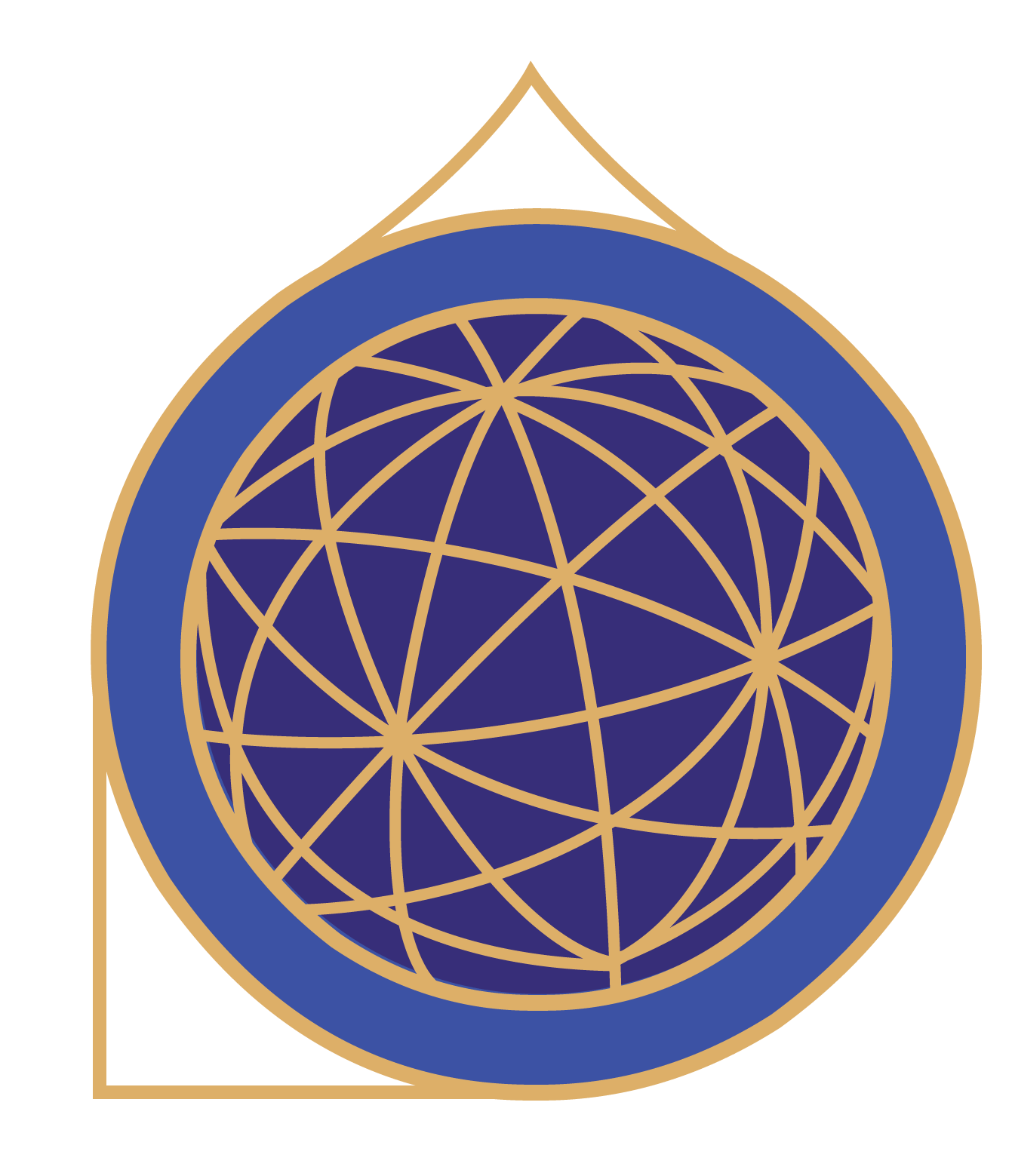All’interno del sottarco a sinistra, il Sole-Leone si riscuote dal torpore invernale, inverte il suo corso, e azzanna un cervo.
Presso la sommità dell’arcone, giunto al punto più alto del suo ciclo annuale, viene arrestato e respinto da un misterioso, inflessibile guardiano del confine del nord. L’identificazione di questa figura con l’eroe Eracle è diventata generale dopo il Rinascimento; ma gli interpreti di età classica vedevano qui una figura analoga ma non identica, il misterioso Engonasi o Engonasin, un combattente senza volto e di cui nulla era noto, tranne la collocazione in rapporto alle Orse, la postura “col ginocchio piegato” (da cui il nome), l’oscuro accanimento nel combattere il leone, e il piede in atto di schiacciare il capo della costellazione Draco. A questa figura, che ruota in eterno intorno alla sommità del cielo col compito di respingere il Sole ogni volta che si presenta nei pressi di questo confine invalicabile, il maestro dell’arcone ha dato tratti celtici o vikinghi: dalla fibula ‘dragonesca’ infissa nella guancia, ai dettagli delle armi, ai denti digrignati nel berserker, la trance di furore guerriero che si attribuiva alle genti del Nord.
Sulla destra dell’arcone, in basso, il Sole/ Leone, giunto al limite inferiore del suo corso annuale, è soverchiato e vinto da un fanciullo, che lo rovescia a zampe all’aria.
At the base of the underarch, on the left, the Sun-Lion awakes from its winter slumber, reverses its course, and attacks a deer.
Near the top of the archivolt, having reached the highest point of its annual path, the Sun-Lion is blocked and rejected by the Engonasin, the “Kneeling One”, the mysterious, uncompromising guardian of the Northern border. His identification with Heracles became general in the Renaissance; but the classical authors saw here the similar but not identical figure of a fighter without face of whom nothing was known, except his location with respect to the Bears, his posture "with a bent knee" (from which the name), his mysterious stubborness in contrasting the Sun’s ascent, and the foot treading the head of the constellation Draco. To this figure, the artist has given a Celtic or Viking characterization: from the 'dragonesque' fibula stuck in the cheek, to the details of the weapons and the teeth gritted in the berserker, the trance of warlike fury of the fighters of the North.
On the right, at the base of the underarch, having reached the lower limit of his annual course, the Sun/Lion is defeated by a child, who overthrows him paws in the air.
Il guerriero del Nord
Nell’arcone marciano, il guerriero ha caratteri celtici accuratamente definiti: i dettagli dello scudo e dell’armatura, la fibula a forma di dragone infissa nella guancia, i capelli irti sul capo, i denti digrignati nel berserker (trance del guerriero). Questi caratteri sembrano appropriati, considerando che la linea che egli difende dallo sconfinamento del sole attraversa l’estremo nord della Scandinavia e della Finlandia.
Fibula celtica “dragonesca” / Dragon-shaped brooch
Manufatto romano o celtico I secolo d.C. / Roman or Celtic artifact, 1st century A.D.
New York, Metropolitan Museum of Art
Credits: The Metropolitan Museum of Art, Rogers Fund, 1980 www.metmuseum.org
The Nordic Warrior
The warrior has carefully defined Celtic traits: the details of the shield and armor, the dragon-shaped fibula stuck in his cheek, the hair swelling like the mane of a serpent on his head, the teeth gritted in the berserker (warrior’s trance). These elements seem appropriate, considering that the line that he defends from the Sun-Lion attempt of threspassing runs through the far North of Scandinavia and Finland.
Il muso dell’Orsa Maggiore attraversato dal Circolo Polare Artico
Vincenzo Coronelli, Globo Celeste/Celestial globe 1683
Ristampa del 1803 dai rami originali/Edition 1803, engraved from the original plates
Venezia,Museo Storico Navale, Inv. N° 5935 Credits: Chiara Enzo and Marta Naturale, 2016
Guerrieri/ Warriors
Figure da un gioco di scacchi in tricheco/Pieces from a chess set in walrus ivory (“The Lewis Chessmen”)
Norvegia/Norway, 1150- 1200 ca.
London, British Museum (trovati /found in: Lewis, Scotland), No. 1831, 1101.123
Il piede di Hercules sul capo del Dragone / The foot of Hercules on the head of the Dragon
Vincenzo Coronelli, Globo Celeste/Celestial globe 1683
Ristampa del 1803 dai rami originali/Edition 1803, engraved from the original plates
Venezia,Museo Storico Navale, Inv. N° 5935 Credits: Chiara Enzo and Marta Naturale, 2016





